















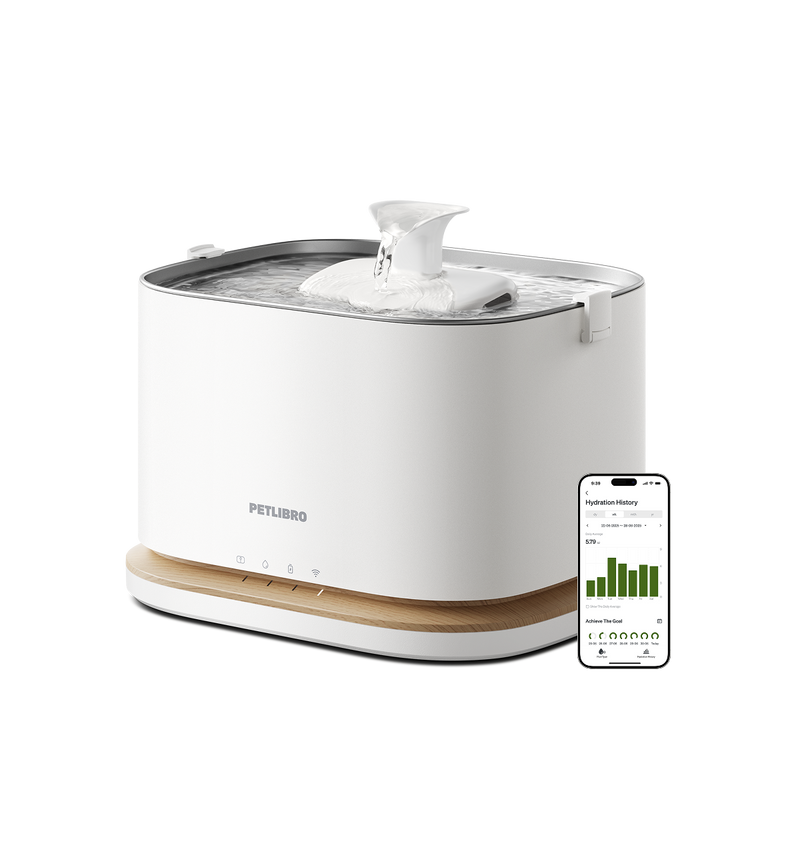
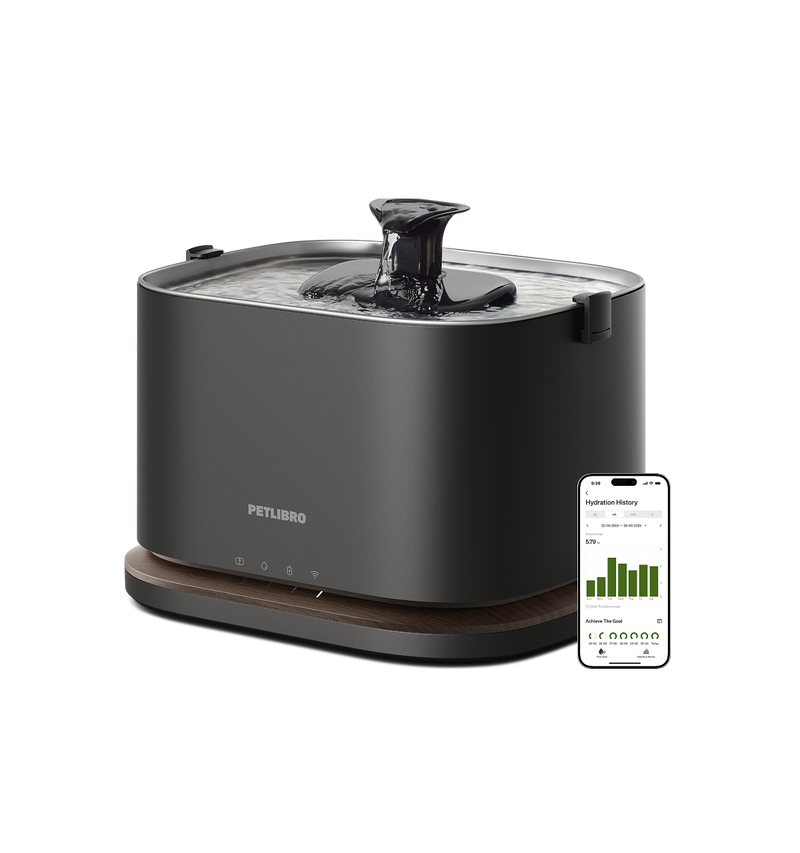
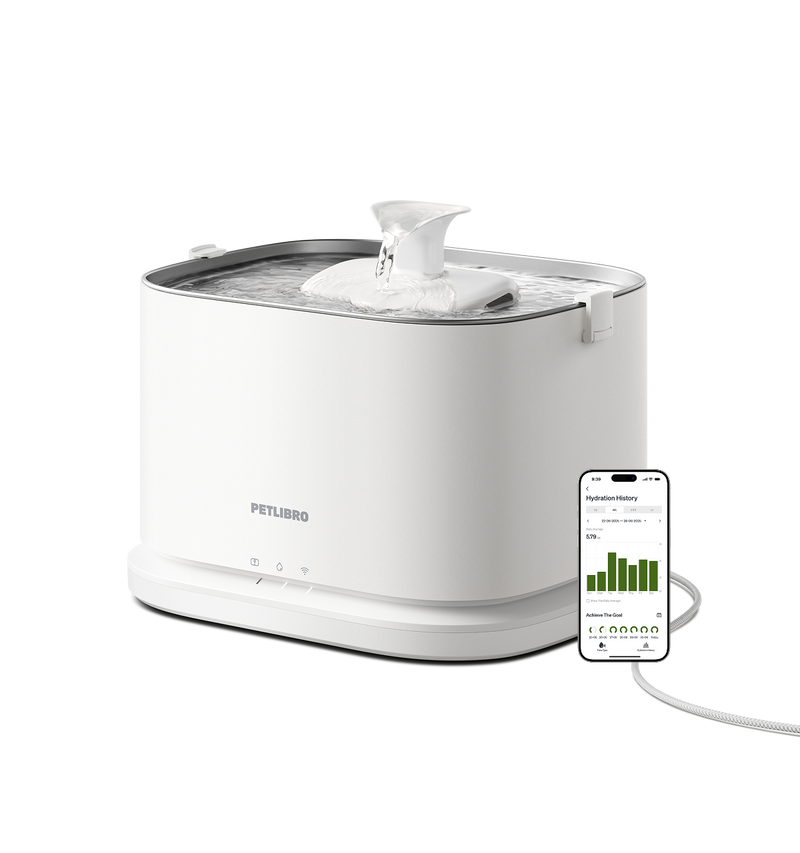
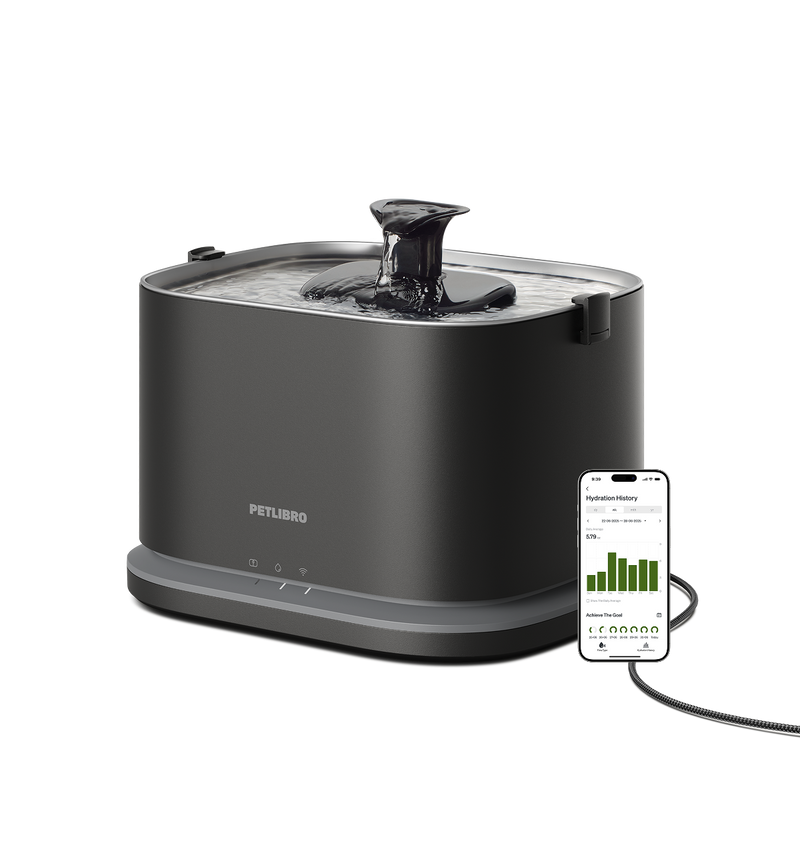










By subscribing, you agree to receive email marketing from Petlibro. Privacy Policy | Terms of Service


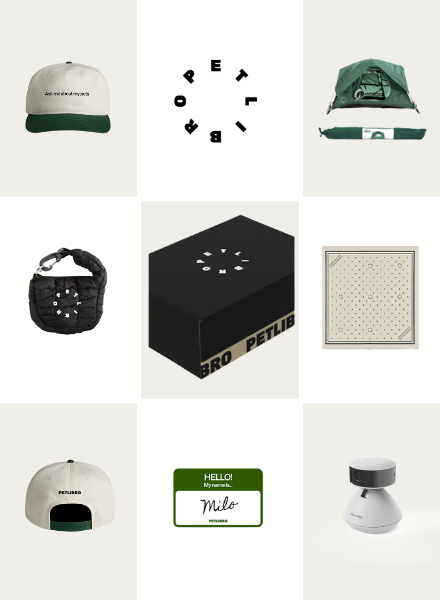
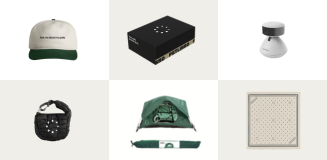
Open to legal U.S. residents, 18 years or older. Void where prohibited. Giveaway begins on 08/26/2025 and ends on 09/15/2025 at midnight PST. Three winners will each receive a limited-edition Petlibro PR Kit, which includes the Scout Smart Camera and select branded merch. Winners will be chosen at random and notified via Instagram or email (depending on entry format) by 09/30/2025. If a winner does not respond within 48 hours, another may be selected. Odds of winning depend on the total number of eligible entries received. Only one email entry per person will be counted, though additional entries may be submitted through the bonus methods described above. Petlibro is not liable for any issues that arise from participation or use of the prize. Personal information will be collected and handled in accordance with our Privacy Policy.


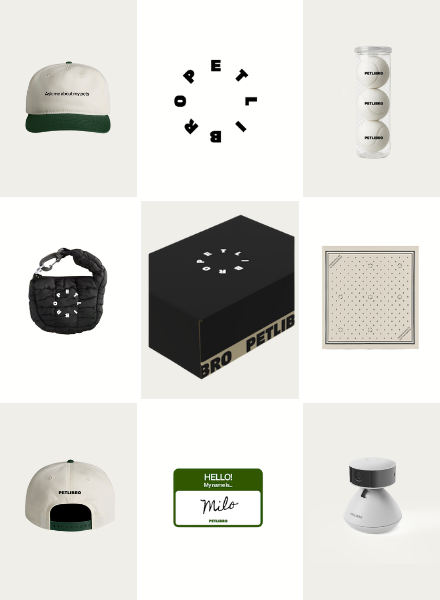
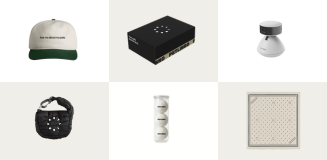
Open to legal U.S. residents, 18 years or older. Void where prohibited. Giveaway begins on 08/26/2025 and ends on 09/15/2025 at midnight PST. Three winners will each receive a limited-edition Petlibro PR Kit, which includes the Scout Smart Camera and select branded merch. Winners will be chosen at random and notified via Instagram or email (depending on entry format) by 09/30/2025. If a winner does not respond within 48 hours, another may be selected. Odds of winning depend on the total number of eligible entries received. Only one email entry per person will be counted, though additional entries may be submitted through the bonus methods described above. Petlibro is not liable for any issues that arise from participation or use of the prize. Personal information will be collected and handled in accordance with our Privacy Policy.


As a cat owner, it can be concerning when you notice that your feline friend is not drinking as much water as they should. Adequate hydration is essential for a cat's overall health and well-being, and a lack of water intake can lead to a variety of health issues. In this blog post, we will explore the potential reasons why your cat may not be drinking water and offer some tips on how to encourage them to stay hydrated.
There are several potential reasons why a cat may not be drinking enough water. These reasons can range from medical issues to behavioral or environmental factors. It's important to consider all of these possibilities when trying to determine why your cat is not drinking water.
One of the most common reasons for a cat's decreased water intake is an underlying medical issue. Cats can suffer from a variety of health problems that may affect their thirst drive or ability to drink water. Some common medical issues that can lead to dehydration in cats include kidney disease, urinary tract infections, diabetes, and dental problems. If you notice that your cat is not drinking water, it's important to take them to the veterinarian for a thorough examination to rule out any potential medical issues.
In some cases, environmental factors may play a role in a cat's reluctance to drink water. Cats are known for their finicky nature, and they may be particular about the type of water they prefer. Some cats may be sensitive to the taste or smell of tap water and may prefer filtered or bottled water. Additionally, the location of the water bowl can impact a cat's willingness to drink. Cats may be hesitant to drink from a bowl that is too close to their food or in a high-traffic area of the home.
Behavioral issues can also contribute to a cat's decreased water intake. Stress and anxiety can cause a cat to drink less water, and changes in their environment, such as the addition of a new pet or a move to a new home, can lead to stress-related issues. Additionally, some cats may simply be picky about their water and may refuse to drink if the water is not fresh or if the bowl is dirty.
If you are concerned about your cat's water intake, there are several steps you can take to encourage them to drink more water.
Provide Fresh Water: Cats prefer fresh, clean water, so be sure to change their water bowl regularly and keep it filled with fresh water.
Consider the Type of Water: If your cat is hesitant to drink tap water, try offering filtered or bottled water to see if they prefer it.
Multiple Water Stations: Place multiple water bowls around your home in different locations to give your cat options for drinking water.
Wet Food Diet: Adding wet food to your cat's diet can help increase their overall water intake, as wet food has a higher moisture content than dry food.
Automatic Water Fountains: Some cats prefer to drink from running water, so consider investing in an automatic water fountain for your cat.

It is important to monitor your cat's water intake, and you can use the Dockstream App Monitoring Water Fountain to observe your cat's water intake on a daily basis. If you notice any changes in your cat's drinking habits, take prompt action. If you are concerned about your cat's water intake, be sure to consult your veterinarian to rule out any potential medical issues. By considering potential reasons for your cat's decreased water intake and implementing some simple strategies to encourage hydration, you can help ensure that your feline friend stays healthy and well-hydrated.